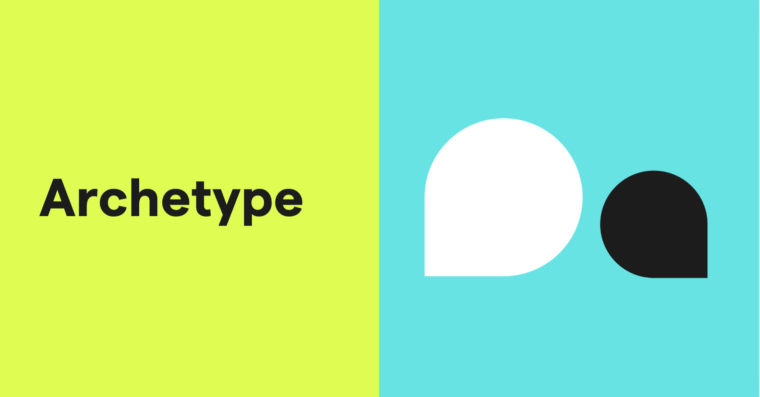
Every piece of literature has certain questions baked into it: Who is the story about? What are they doing? Why does it matter? The answers to these questions help compose a piece of writing’s literary elements.
Here, we’ll share some of the most important literary elements, including their definitions, and give examples of each.
What are literary elements?
Every story can be broken down into its literary elements. Literary elements are essential components that build a story, such as plot, narrator, point of view, and setting. Think of literary elements as answering the who, what, where, when, why, and how of a story. If the story lacks an answer to one of these questions, it’s an incomplete story.
There are endless variations within each element, and deciding on these variations is where the writer’s work takes place. Below we’ll look at eight of the basic literary elements, but first we have a quick note about the difference between literary elements and literary devices.
Literary elements vs. literary devices
Literary elements and literary devices are both useful storytelling components that guide and shape a story. The difference is that literary elements are essential, while literary devices are optional. Literary elements are the foundation of a story, like plot, setting, and characters. Literary devices are techniques or flourishes that a writer can apply to their writing—imagery, personification, and allusion are all examples of literary devices.
8 literary elements
1 Plot
The plot is what happens in the story. Plot drives the narrative forward. It is what your characters do, what events transpire, and in what order. A plot does not have to be a complicated weave of actions, although that’s an option. As long as a story has a beginning, middle, and end, it has a plot.
Some stories have a single, central plot, like Harper Lee’s To Kill a Mockingbird, which revolves around race and a trial in the rural South. Stories can also have multiple plots, like Celeste Ng’s novel Little Fires Everywhere, which follows the lives of two families in an Ohio suburb.
2 Narrator
The narrator is a central figure through which the story is told. A narrator can be a single person, like Nick Carraway in The Great Gatsby, an omniscient entity, or a nonhuman narrator like an insect or animal. An example of the latter is The Art of Racing in the Rain, by Garth Stein, where the narrator is a loyal dog named Enzo.
3 Point of view
An element closely related to narrator is point of view. Point of view is the angle through which a story is told. The difference between narrator and point of view is that a narrator is the entity through which a point of view is told, while point of view is the position from which the narrator sees the story.
There are different points of view that a writer can use. The three broad categories are:
First person: The story is told through the eyes of a main character. You will notice pronouns like I, me, my, and our in writing done in the first-person point of view.
Second person: Second-person point of view uses the pronoun you and makes the reader the main character. You will find second-person point of view in many educational resources (like this blog post), as well as in self-help books and articles.
Third person: Third-person point of view is narrated from a position outside of the characters in the story. While the story may follow a single character, third-person point of view grants readers access to the movements of all of the characters, as well as to their thoughts and feelings, establishing a much wider scope of knowledge. Third-person point of view is sometimes called the “omniscient” or “all-knowing” point of view.
4 Characters
Characters are the population of the story. Every story will have at least one character (the main character). The main character is often known as the protagonist. Those acting against the protagonist are called antagonists, and the interactions between them create conflict or tension in a story’s plot. There are lots of ways characters can join in a story, and they don’t all have to be working with or against a main character. Characters can provide dialogue, create geographic or cultural context, or add a different perspective.
5 Conflict
Conflict in literature is the central struggle of the main character. Conflict drives a story forward by providing a sense of purpose or motivation. A story’s conflict can occur between characters or between a main character and a force of nature or a social structure or even within themself. Keep in mind that a conflict doesn’t always mean an overt fight. Sometimes conflict in literature shows up as a subtle tension or point of resistance.
6 Setting
Setting is the time, place, and environment in which a story takes place. A story can have as many settings as the writer chooses. For instance, one novel may cover hundreds of years across multiple continents, while another may take place inside a person’s head or a single room.
7 Language
As a literary element, language is whichever dialect the writer uses to create their work. A story may use a single language or incorporate multiple languages. The language that a story is written in has an impact on where it is published and who it will reach.
8 Theme
A theme is a central idea, concept, or message that is explored throughout a story. Themes are often a bigger, broader, or deeper message than an author can write about coherently, so they use the other literary elements—like plot, character, and conflict—to guide the reader along. For example, some of the most common themes in literature are love, loss, coming of age, freedom, and power. These are huge concepts that can underpin a story.
Literary element examples
Plot
In One Hundred Years of Solitude, writer Gabriel García Márquez weaves multiple timelines together to deliver one central plot with many subplots. The main story plot is about the demise of a family over the course of five generations. In telling this main story, Márquez crafts a narrative structure that jumps back and forth through time, leading the reader through multiple subplots about war, marriage, and politics, among many other things.
Narrator
In Conversations with Friends, by Sally Rooney, the narrator is twenty-one-year-old Frances, who is also the main character. Frances tells the story through the first-person point of view, giving the reader insights into her thoughts, feelings, and actions.
Alternatively, in Americanah, by Chimamanda Ngozi Adichie, the narrator is an omniscient third party who is able to track the thoughts, feelings, and actions of two different characters, Ifemelu and Obinze, even though they live on different continents.
Point of view
Elif Batuman’s novel The Idiot is told through the first-person point of view. The novel opens with the line: “I didn’t know what email was until I got to college.” The use of I indicates to the reader that they are about to experience this story through the eyes of a specific person, rather than through a removed (third-person) perspective.
Characters
Sherwood Anderson’s short story cycle Winesburg, Ohio is an example of a story with many equally important characters. The book is based in a fictional small town, and each chapter centers on a resident of the town. True to small town life, the characters frequently cross paths and enter one another’s chapters. By focusing on a different character in every chapter, the author creates a holistic portrait of a small town.
Conflict
In One Flew Over the Cuckoo’s Nest, by Ken Kesey, there exists a central conflict between the patients of a psychiatric ward and Nurse Ratched, who symbolizes the oppressive forces of modern society. Within that central conflict are conflicts between patients and internal conflicts within characters themselves.
Setting
Kiese Laymon’s novel Long Division takes place in a single, fictional city called Melahatchie. In the novel, Laymon’s main character, a boy named City, finds a portal to different time periods. Throughout the course of the book, City travels forward to 2013 and backward to 1964, creating three different settings: Melahatchie of 2013, 1985, and 1964.
Language
Some writers use language (or languages) to highlight a multicultural experience, as in Elisa Shua Dusapin’s novel Winter in Sokcho. The novel, originally written in French, is set in South Korea. It has been translated into English, but in the translation the writer has chosen to leave certain words in Korean.
Theme
The theme of George Orwell’s novel 1984 is about power and surveillance. By writing about a disillusioned citizen named Winston Smith, Orwell is able to explore the dangers of totalitarianism, unchecked government surveillance, and the erosion of individual freedom.
Literary elements FAQs
What are literary elements?
Literary elements are the essential components that make up a piece of literature, such as plot, setting, and character. Writers have complete creative freedom when it comes to how their literary elements are expressed, but every element must be present in order for a story to exist.
Why are they important?
Literary elements are the foundation of literature. In order to write useful or compelling stories, a writer should understand how to use basic literary elements.
What are eight literary elements?
The eight literary elements in this article are: plot, narrator, point of view, characters, conflict, setting, language, and theme.






